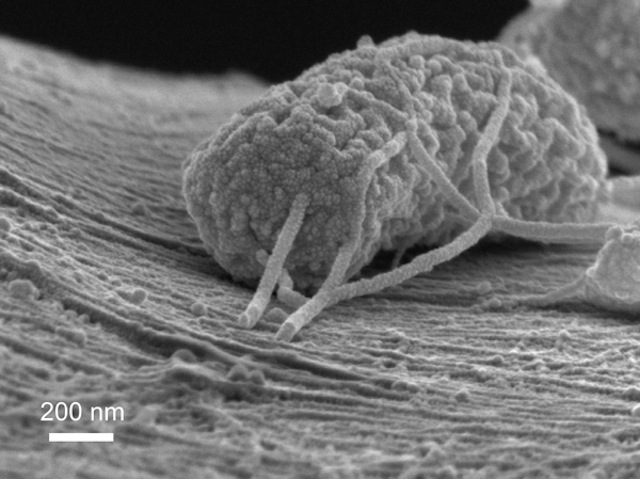SUMMARY
This is AI generated summarization, which may have errors. For context, always refer to the full article.
WASHINGTON DC, USA – US scientists may have found a new way to produce clean energy by way of dirty water, according to a new study out Monday, September 16.
The engineers have developed a more efficient method to use microbes to harness electricity from wastewater.
They hope their technique could be used in wastewater treatment facilities and to break down organic pollutants in the “dead zones” of oceans and lakes where fertilizer runoff has depleted oxygen, suffocating marine life.
However, for now the team from Stanford University have started small, with a prototype about the size of a D-cell battery, consisting of two electrodes — one positive and one negative — plunged into a bottle of wastewater, filled with bacteria.
As the bacteria consume the organic material, the microbes cluster around the negative electrode, throwing off electrons, which are captured in turn by the positive electrode.

“We call it fishing for electrons,” said environmental engineer Craig Criddle, one of the lead authors of the study published this week in the Proceedings of the National Acadamy of Sciences (PNAS).
“You can see that the microbes make nanowires to dump off their excess electrons,” Criddle added.
Scientists have long known of microbes, dubbed exoelectrogenic, that live in airless environments and are capable of “breathing” oxide minerals, instead of oxygen, to generate energy.
Over the past dozen years, several research groups have tried different approaches for transforming these microbes into bio-generators — but it has proven difficult to harness this energy efficiently.
The researchers said their new model is simple, yet efficient, and can harness about 30 percent of the potential energy in the wastewater — about the same rate as commercially available solar panels.
There is far less energy potential available in wastewater than the sun’s rays, they concede, but say the process has an added benefit: it cleans the water. That means it could could be used to offset some of the energy currently being consumed to treat wastewater. – Rappler.com
Add a comment
How does this make you feel?
There are no comments yet. Add your comment to start the conversation.